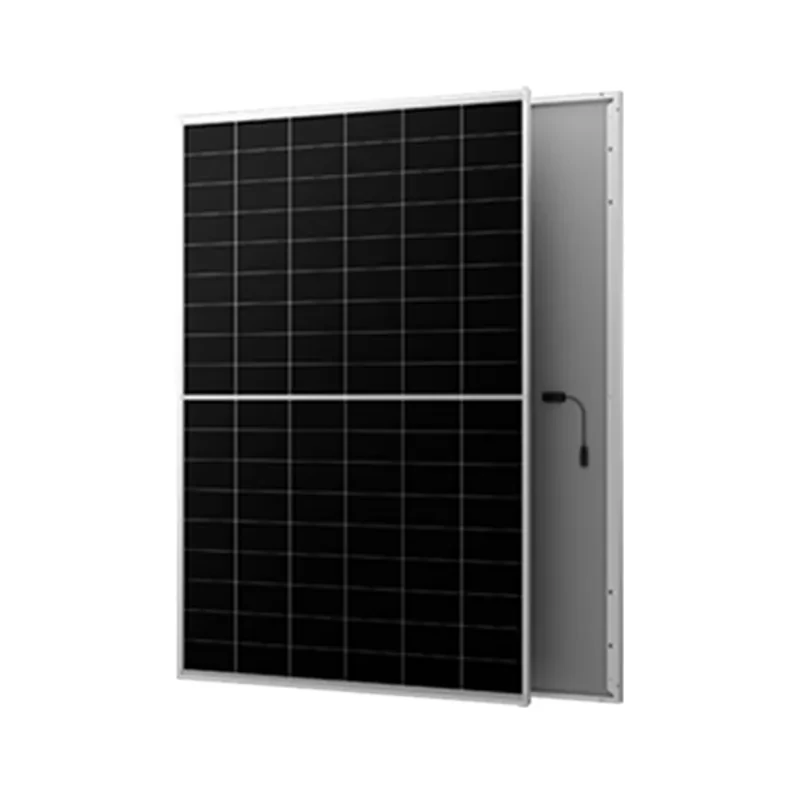Tie Grid Inverter – Efficient Energy Solutions for Your Home and Business
Understanding Tie Grid Inverters A Key Component in Solar Energy Systems
As the world increasingly shifts towards renewable energy sources, solar power stands out as a leading contender. One crucial element in solar energy systems that supports the efficient conversion of sunlight into usable electricity is the tie grid inverter. This device plays a pivotal role in integrating solar power with the existing electrical grid, enabling seamless energy distribution and consumption.
A tie grid inverter, also known as a grid-tied inverter, converts the direct current (DC) produced by solar panels into alternating current (AC), which is the standard form of electricity used in homes and businesses. This conversion is vital because most electrical appliances operate on AC power. Grid-tied systems are designed to work in conjunction with the electrical grid, allowing for two-way energy flow excess energy generated by solar panels can be fed back into the grid, and energy can be drawn from the grid when needed.
One of the significant advantages of using a tie grid inverter is its ability to maximize energy efficiency
. These inverters typically have advanced technology that optimizes the performance of solar panels by adjusting the output based on real-time conditions, such as sunlight intensity. This optimization ensures that solar energy production is maximized throughout the day, contributing to lower electricity bills and a reduced carbon footprint.tie grid inverter

Furthermore, grid-tied systems offer the benefit of net metering in many regions. This system allows homeowners with solar panels to receive credit for the surplus energy they contribute to the grid. When their panels produce more energy than they consume, they can sell the excess back, creating a financial incentive for solar adoption and promoting sustainability.
However, tie grid inverters also come with challenges. They require a stable and reliable grid connection, as they may automatically shut down during power outages to protect utility workers and infrastructure. This means that homeowners relying solely on a grid-tied system may not have backup power during emergencies unless they invest in a battery storage system.
As technology advances, the efficiency and affordability of tie grid inverters continue to improve. With the growing emphasis on green energy solutions, these inverters play a significant role in the transition to a sustainable future. By understanding their function and benefits, consumers can make informed decisions about solar energy systems, contributing to both personal savings and environmental preservation.
In conclusion, tie grid inverters are essential for harnessing the potential of solar energy. By converting DC to AC and facilitating grid connections, they ensure that solar power can be effectively utilized, driving the global movement towards cleaner energy.
-
Unlocking Energy Freedom with the Off Grid Solar InverterNewsJun.06,2025
-
Unlock More Solar Power with a High-Efficiency Bifacial Solar PanelNewsJun.06,2025
-
Power Your Future with High-Efficiency Monocrystalline Solar PanelsNewsJun.06,2025
-
Next-Gen Solar Power Starts with Micro Solar InvertersNewsJun.06,2025
-
Harnessing Peak Efficiency with the On Grid Solar InverterNewsJun.06,2025
-
Discover Unmatched Efficiency with the Latest String Solar InverterNewsJun.06,2025







